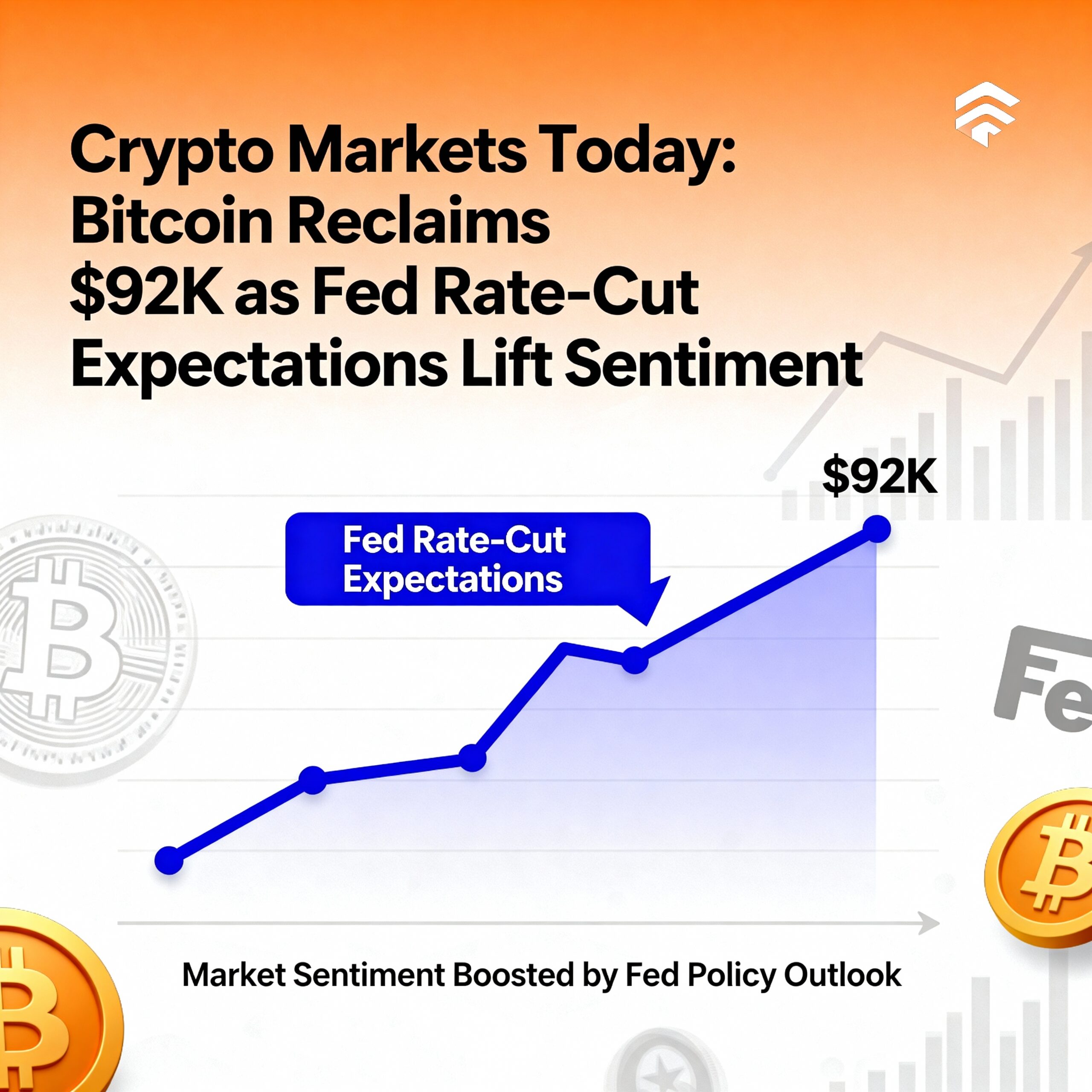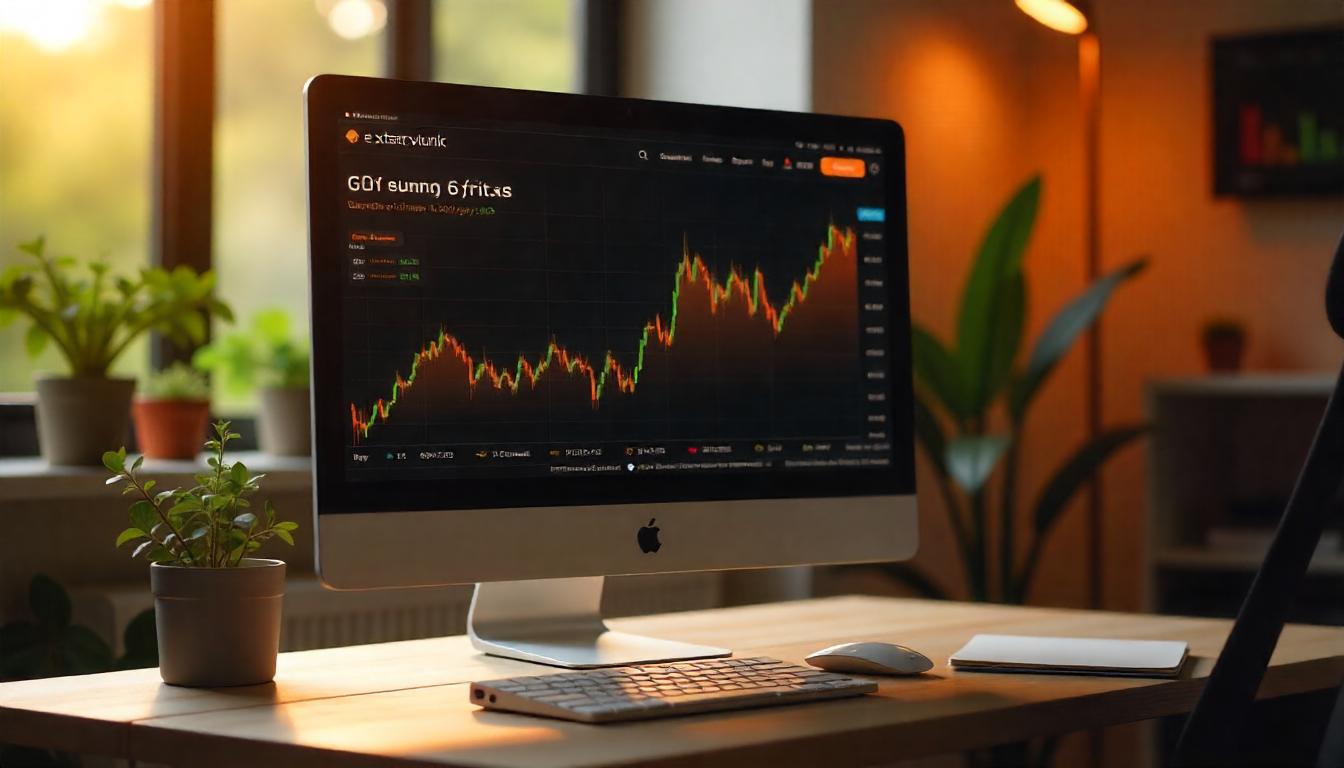Bitcoin (BTC) has long been known for its intense price swings, with previous bull runs marked by steep and sudden corrections. But the ongoing rally that began in early 2023 is proving to be different—characterized by noticeably lower volatility and gentler pullbacks.
According to Glassnode, Bitcoin’s realized volatility—tracking actual price movements over the past three months—has averaged below 50% during this cycle. This is a significant decline compared to the 80% to 100% range seen in earlier bull markets.
Forward-looking measures of volatility, such as the Volmex BVIV index, also show a downward trend, suggesting traders expect smoother price action ahead.
Experts attribute this newfound stability to Bitcoin’s growing market capitalization, now exceeding $2 trillion and ranking it as the seventh largest asset worldwide. As an asset becomes larger and more liquid, it requires more capital to push its price dramatically, which naturally reduces wild fluctuations.
In addition, the arrival of U.S. spot Bitcoin ETFs and improved regulatory clarity has opened the door for more institutional investors, contributing to a steadier investor base.
Comparing the price charts, the 2020-21 rally, which took Bitcoin from $4,000 to nearly $70,000, was punctuated by sharp declines often greater than 30%—levels commonly regarded as bear markets in traditional finance.
In contrast, the current rally from roughly $30,000 to above $100,000 since early 2023 has followed a more measured, stair-step trajectory. Price advances have been followed by broad consolidation periods, allowing for accumulation and setting the stage for the next move upward.
Glassnode highlights that drawdowns during this cycle have mostly stayed under 25%, with only a couple of dips breaching the 30% mark.
This smoother price action is linked to a reduction in speculative leverage. In prior bull markets, exchanges like Binance offered extreme leverage up to 100x, which magnified both gains and losses and triggered frequent sharp corrections. Today, stricter leverage limits and increased participation by long-term holders have helped build a more resilient and robust Bitcoin market.





